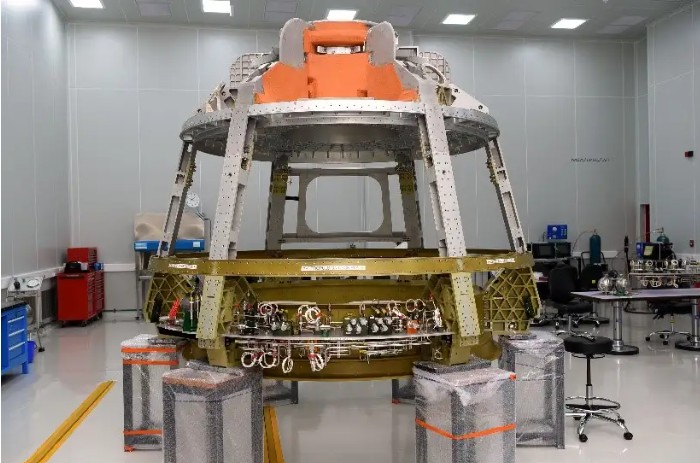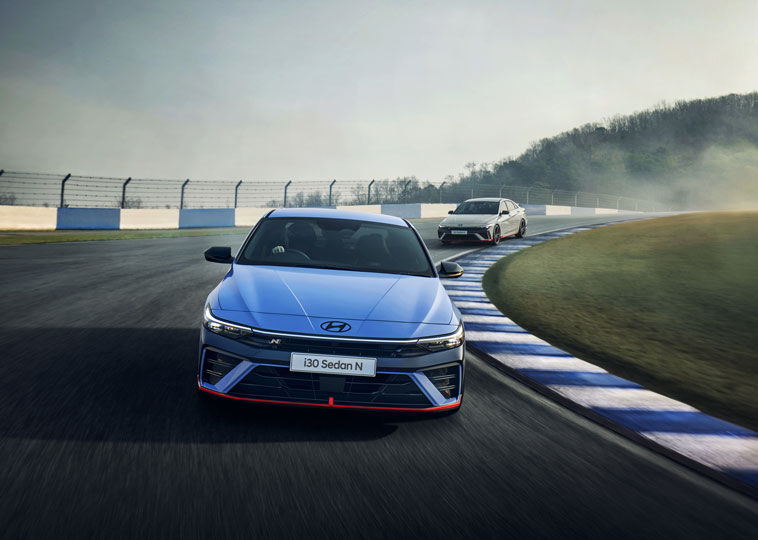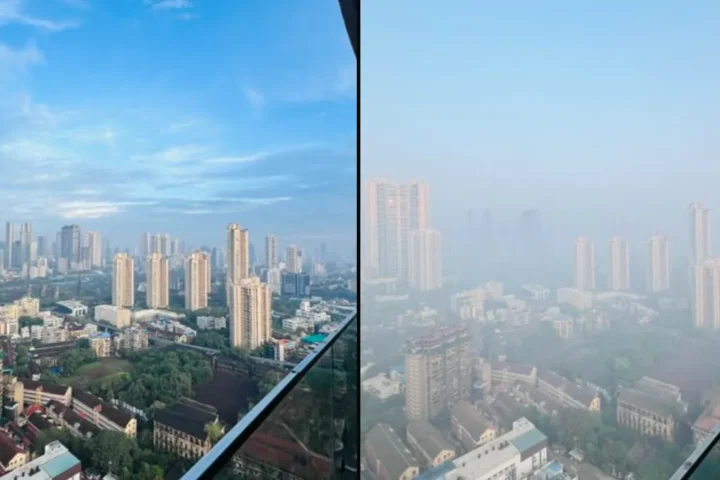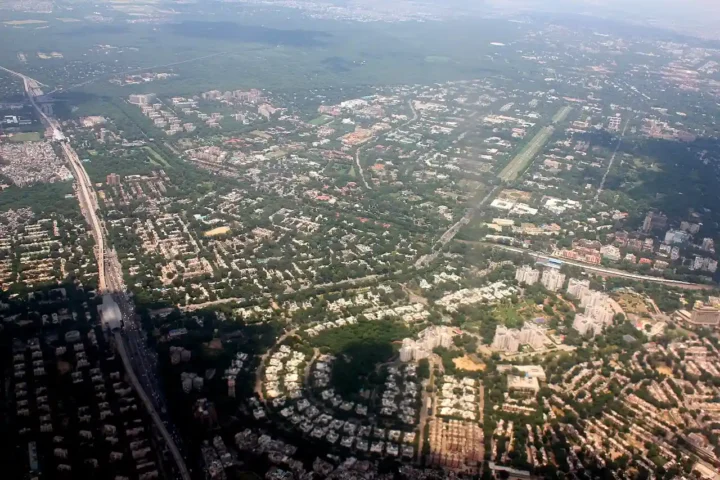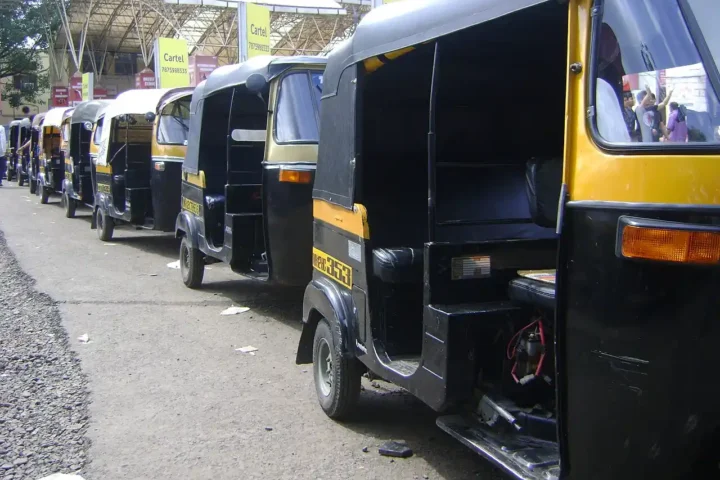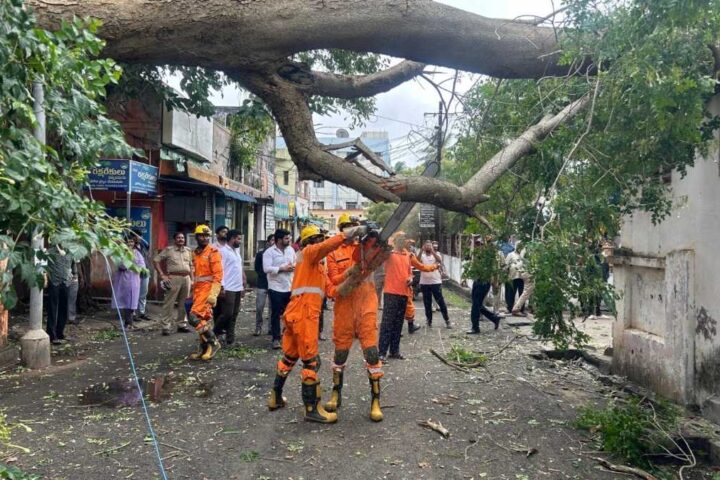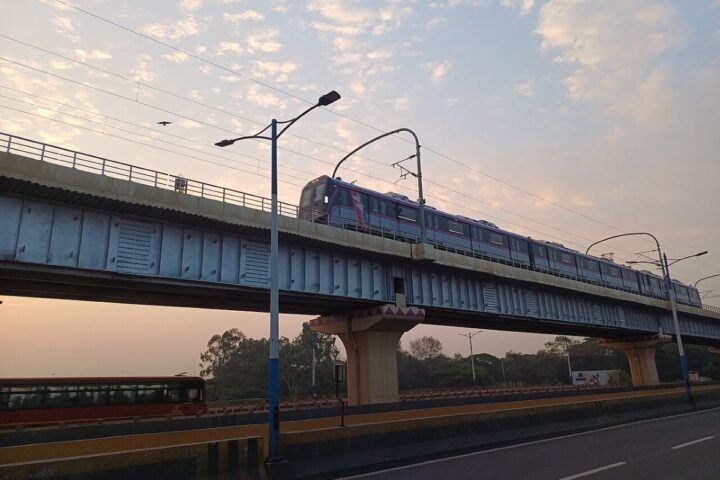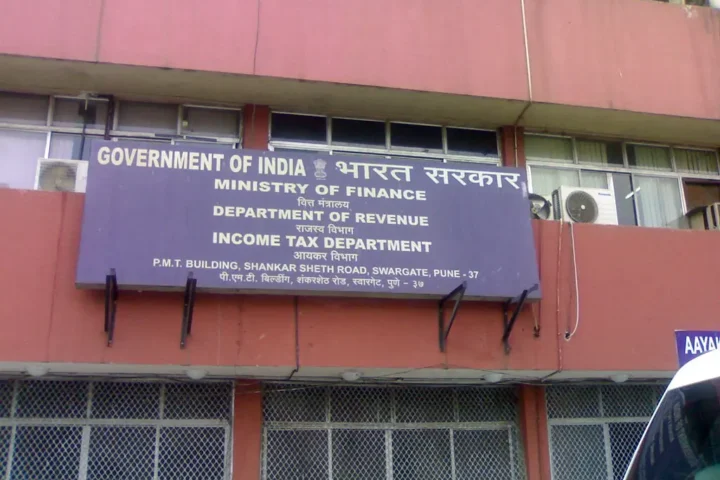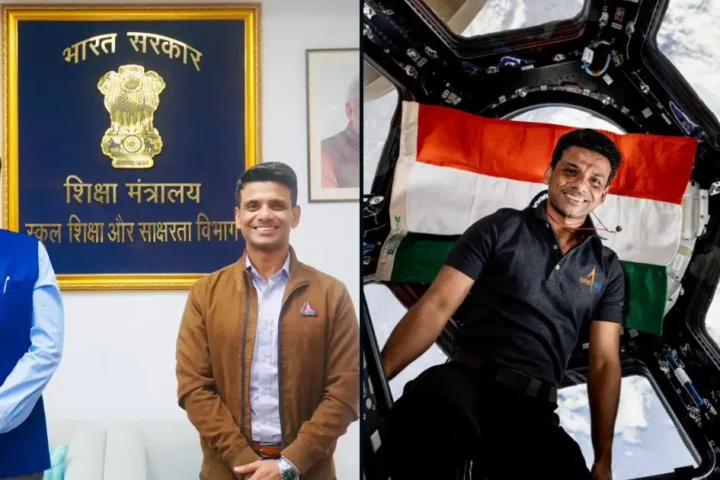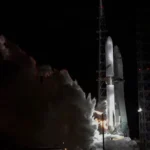ISRO has completed a crucial step in India’s journey to send humans to space. On January 21, 2025, engineers finished adding the steering and control systems to Gaganyaan‘s test spacecraft at ISRO’s Liquid Propulsion Systems Centre.
The spacecraft, called the Crew Module, uses 12 small engines that work like a car’s power steering – they help control the spacecraft’s direction with precise movements. “These control systems are essential during the spacecraft’s return journey to Earth, especially when it’s coming back through the atmosphere,” explains space expert Girish Linganna.
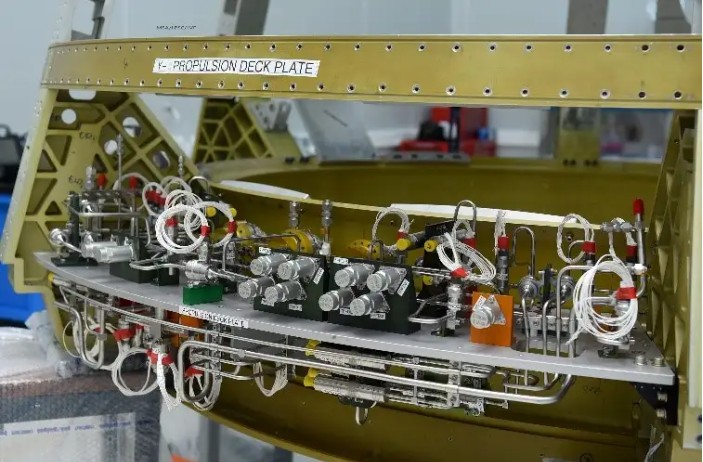
Think of these engines like a car’s brakes and steering working together – they help the spacecraft turn left or right, tilt up or down, and rotate when needed. This control is crucial until special parachutes open to slow down the landing.
The module also has a smart safety feature called the Crew Module Uprighting System. When the spacecraft lands in water, this system makes sure it stays upright – much like how modern lifeboats are designed to self-right if they flip over.
Similar Posts
Engineers will now add more equipment, including the spacecraft’s electronic systems and wiring, at the Vikram Sarabhai Space Centre. After this, the module goes to Bengaluru for its final assembly.
To support future launches, the government has approved building a new launch pad at Sriharikota. This is like adding an extra runway at an airport – it provides backup options and allows more launches.
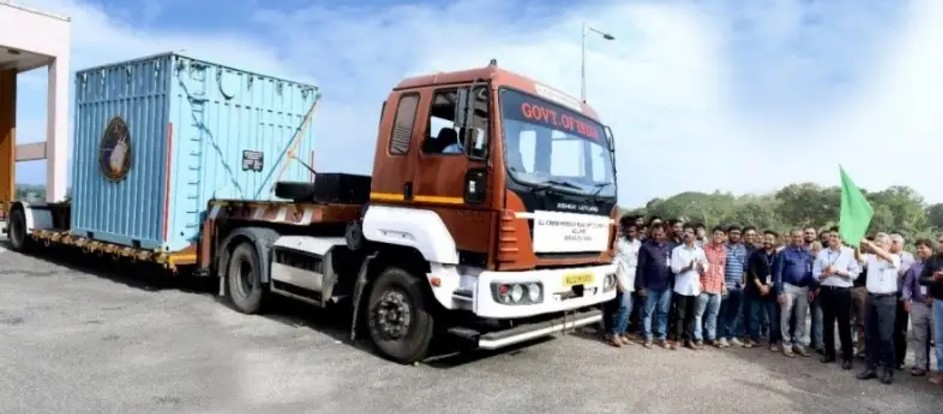
ISRO will test this spacecraft without astronauts first. It’s similar to how car manufacturers test new safety features extensively before putting them in cars for public use. Each part needs to work perfectly to ensure future astronaut safety.
This project marks India’s careful preparation to join the small group of countries that can send humans to space. Each successful step brings that goal closer to reality.
